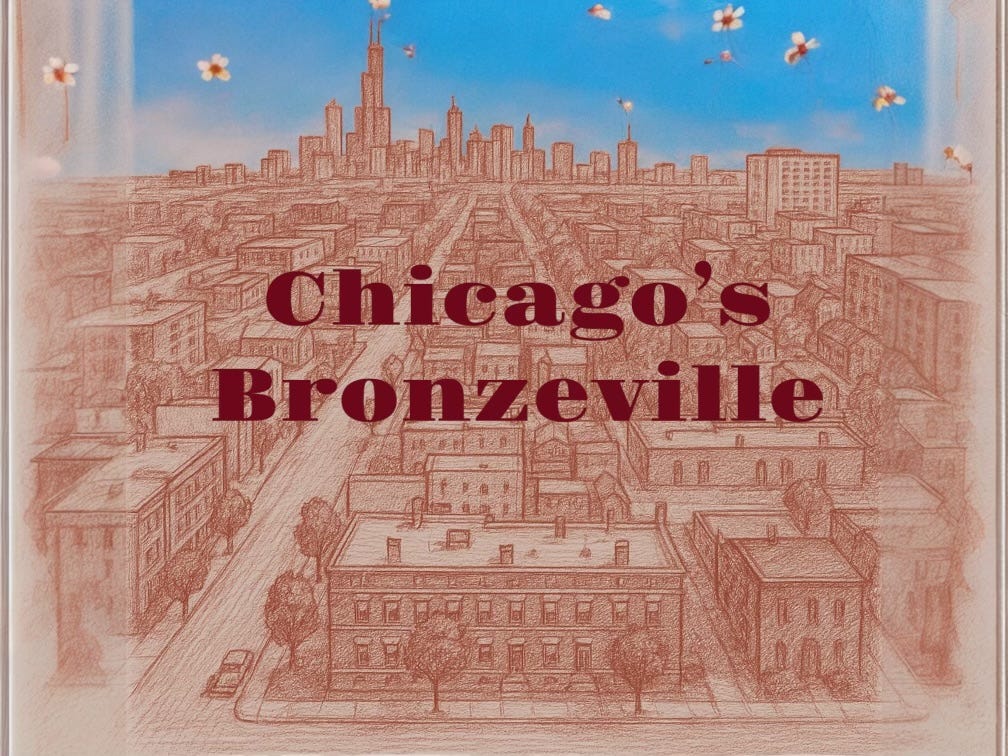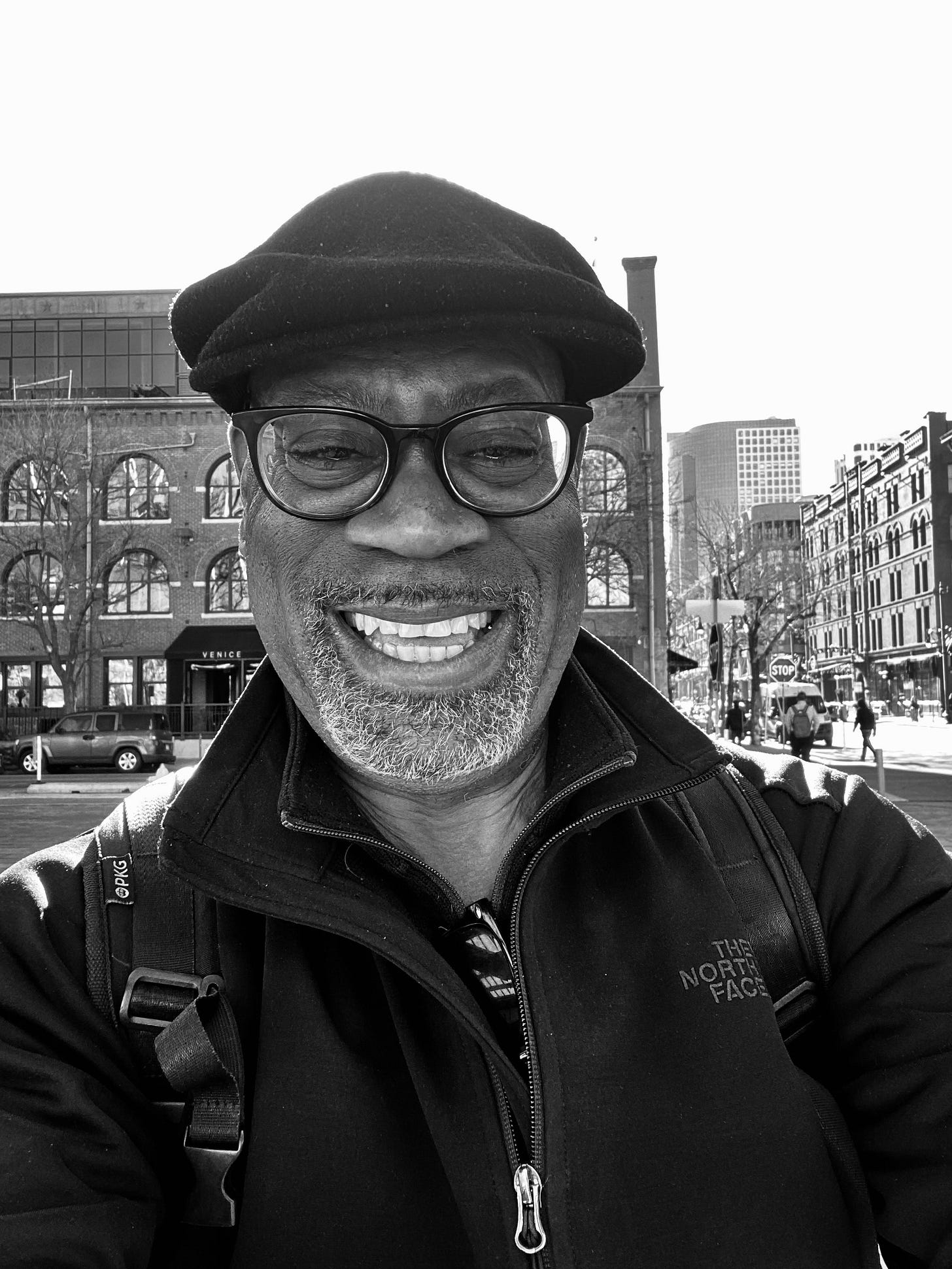Spotlighting Chicago’s Bronzeville District
Equitable Urban Development in a Historic Black Metropolis
When I first picked up Elizabeth Schroeder Schlabach’s “Along the Streets of Bronzeville: Black Chicago’s Literary Landscape,” I didn’t expect to see so clearly the intersection of culture and city planning—the way the architecture of a neighborhood shapes the imagination of its people, and vice versa.
But as I read, I found myself walking Bronzeville’s historic corridors not only through the eyes of Gwendolyn Brooks and Richard Wright but through the lens of a modern-day planner and witness to the ebbs and flows of urban Black America.
Bronzeville, that storied stretch on Chicago’s South Side, was more than a geographic designation. It was a self-made city within a city, a “Black Metropolis” forged from the grit and genius of African American migrants who fled the Deep South in pursuit of opportunity. What was built—block by block—was an ecosystem of creativity, commerce, and civic pride.
But as Schlabach makes clear, it wasn’t only the residents that defined Bronzeville’s brilliance, it was also the physical environment. The rhythm of State Street’s “Stroll,” the cacophonous sounds of 47th and South Parkway, and the creative sanctuary of the South Side Community Art Center weren’t just backdrops. They were catalysts for a cultural explosion.
In a world before diversity was commodified, Bronzeville thrived out of both necessity and brilliance. The Works Progress Administration (WPA) funded South Side Community Art Center gave space for painters like Archibald Motley and poets like Gwendolyn Brooks to not just create, but commune. These were places that urban planners today might call “third spaces,” but in Bronzeville they were lifelines—points of convergence where culture was preserved, produced, and projected outward.
Schlabach’s narrative illustrates how the geographic and cultural landscape of Bronzeville directly influenced the development of a Black aesthetic and political consciousness.
Yet the very layout that once nourished this renaissance was later torn apart by misguided urban planning. The construction of the Dan Ryan Expressway cleaved the community in two, severing the economic and social bonds that had sustained it.
“Urban renewal” soon became a euphemism for cultural erasure. High-rise public housing projects like the Robert Taylor Homes, though initially imagined as modern solutions to overcrowding, became vertical warehouses of poverty, isolating rather than integration.
Reading Along the Streets of Bronzeville in tandem with understanding this urban trajectory, I couldn’t help but see the tragic irony. The very geography that once empowered creative independence was weaponized to dismantle the same spirit. And yet, the resilience remains.
Today, Bronzeville is experiencing a tentative resurgence. The Bronzeville Lakefront Project, a $3.8 billion redevelopment plan on the former Michael Reese Hospital site, promises a mixed-use vision that includes affordable housing, innovation hubs, and cultural spaces. But revitalization, as any seasoned planner or policymaker knows, can either uplift or erase.
This is why Schlabach’s work is more than a literary history. It’s a planning manual with a soul. It urges those of us engaged in urban development to consider more than ROI. Instead, we must consider memory. We must ask, “are we restoring the pulse of a place or just drawing blood from its legacy?”
Community organizations like Urban Juncture are showing us the way forward with projects like Boxville Marketplace—repurposing shipping containers into Black-owned retail spaces. These aren’t just economic ventures; they are affirmations that Bronzeville is still alive, still dreaming, still building.
If we want revitalization without displacement, progress without erasure, we need to anchor economic development in cultural preservation. That means involving longtime residents in planning processes, supporting legacy Black businesses, and preserving architectural landmarks not as relics, but as active sites of community life.
As I reflect on Schlabach’s chronicle and walk the current streets of Bronzeville, I see a living case study in how place shapes people and how people, in turn, shape place. It’s a story of survival, of rebuilding after rupture, of finding poetry in policy and music in zoning maps.
Urban planners, cultural stewards, and civic leaders alike would do well to read Along the Streets of Bronzeville—not just as history, but as a guidebook for ethical, inclusive, and soulful development.
In Bronzeville, the blueprint is already there. We need only listen, remember, and build with care.
I am a former urban journalist who has written hundreds of feature articles for publications like Comstock’s Magazine, Governing Magazine, New Geography and many others. You can support me in building this city-centric digital community by becoming a free subscriber or member supporter.
Every little bit is appreciated. Thank You!
Diamond-Michael Scott





